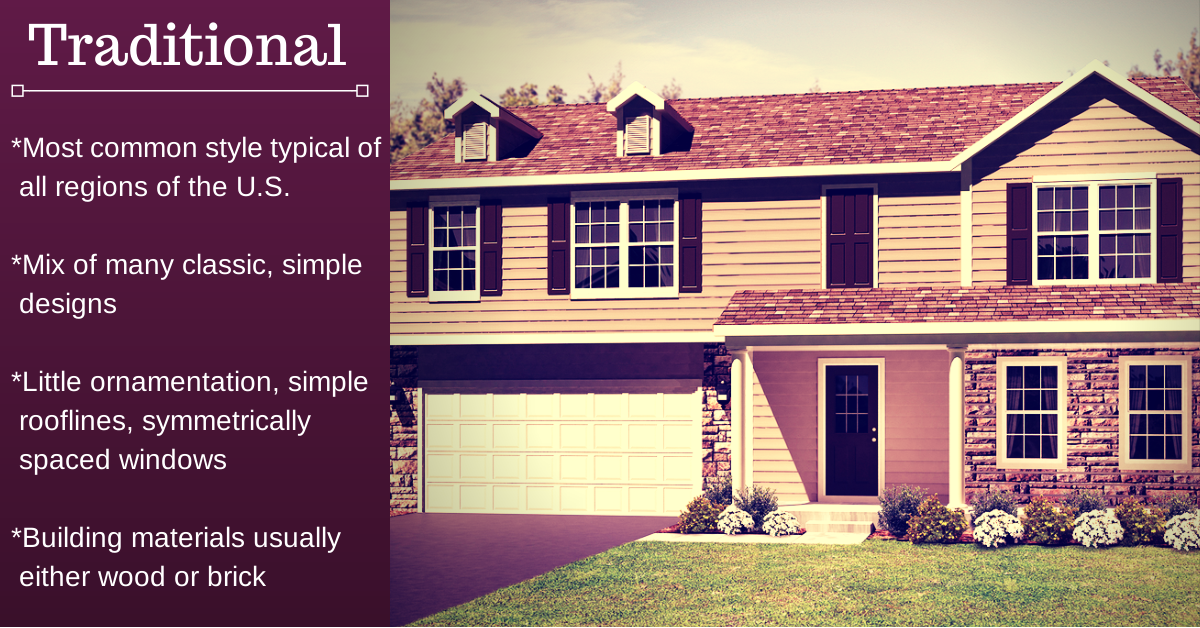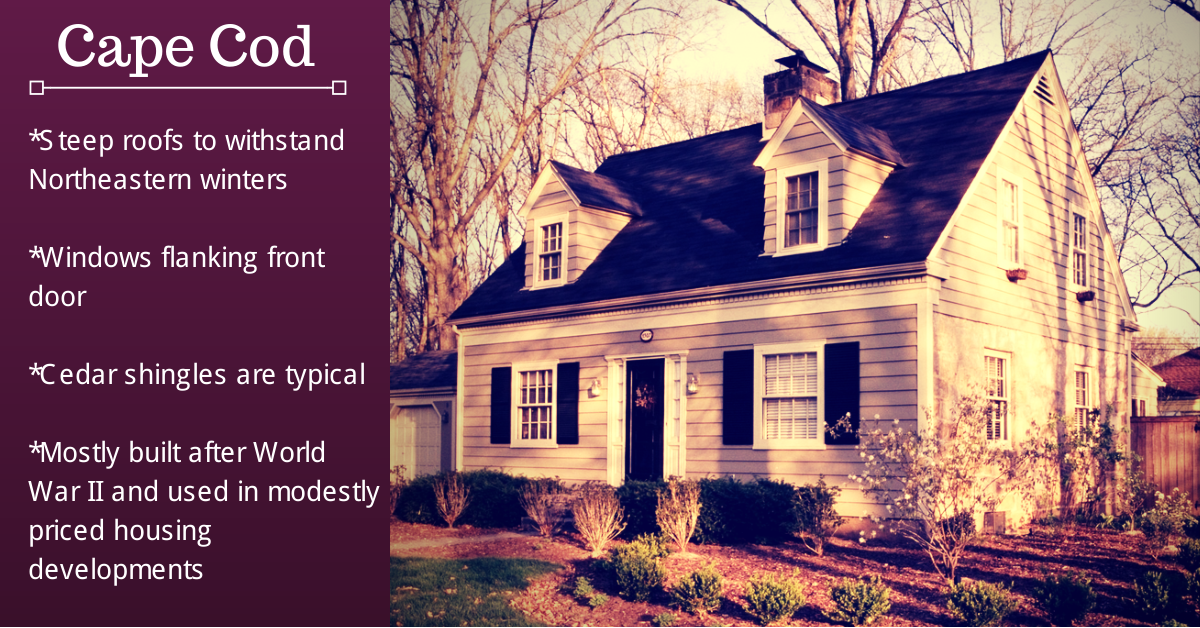Believe it or not, photography is a very important aspect of listing a home for sale. Pictures can either entice buyers or turn them off completely. You could have the most beautifully  written description of a home, but if unattractive photos accompany that description, there's a chance that buyers will dismiss your listing without even seeing it in person. To ensure that you present your home in the best possible way on the MLS or other real estate search sites, follow these tips for take photographs of your listing.
written description of a home, but if unattractive photos accompany that description, there's a chance that buyers will dismiss your listing without even seeing it in person. To ensure that you present your home in the best possible way on the MLS or other real estate search sites, follow these tips for take photographs of your listing.
1. Be sure to include multiple photos on your listing. One picture of the outside of a home is not representative of what it has to offer. Buyers like to see photos of the main living areas. Include pictures of the kitchen, living room, master bedroom and bath, and any other rooms that might be especially attractive.
2. Lighting is key! Natural light is best, but sometimes, the weather doesn't cooperate. It's a good idea to bring a secondary light source with you just in case there isn't another source already in the home. Make sure to avoid backlighting. When your subject is placed in front of a light source, the picture will come out too dark. If there are blinds in the room, play around with angles: open them halfway or close them completely. Take some test photos and work with what you have, but if there's no avoiding it, you might want to go back on a less sunny day to take photos of that specific room.
3. Clear the clutter. Before you snap a photo, remove any items from the room that could draw attention or make it look messy. Clean off tables and counters. Remove things like playpens or other baby items. Make sure any clothing is put away, including coats or purses hanging on hooks. Move cars from driveway and garage. All of these items can be put back as soon as the pictures are taken.
4. Pay attention to details. If there are areas or details that are especially interesting, make sure to shoot those, too. In addition to the main living areas, snap pictures of bathrooms, secondary bedrooms, dining rooms, closets, storage spaces, outdoor living spaces, and any unique add-ons and upgrades.
5. Photoshop is your friend. You'll probably need to adjust or touch up a few (if not not all) of your photos when you get back to the office. If you're not sure how to use Photoshop, there are lots of tutorial on the Internet.
If you haven't been following these key steps when photographing your listing, do so now! We promise you'll see a huge difference in how a home for sale is presented to the public.












 written description of a home, but if unattractive photos accompany that description, there's a chance that buyers will dismiss your listing without even seeing it in person. To ensure that you present your home in the best possible way on the MLS or other real estate search sites, follow these tips for take photographs of your listing.
written description of a home, but if unattractive photos accompany that description, there's a chance that buyers will dismiss your listing without even seeing it in person. To ensure that you present your home in the best possible way on the MLS or other real estate search sites, follow these tips for take photographs of your listing. 
 you lock yourself up in an airtight chamber for the season), there are some steps you can take to reduce the amount of pollen that gets tracked into the home.
you lock yourself up in an airtight chamber for the season), there are some steps you can take to reduce the amount of pollen that gets tracked into the home.


